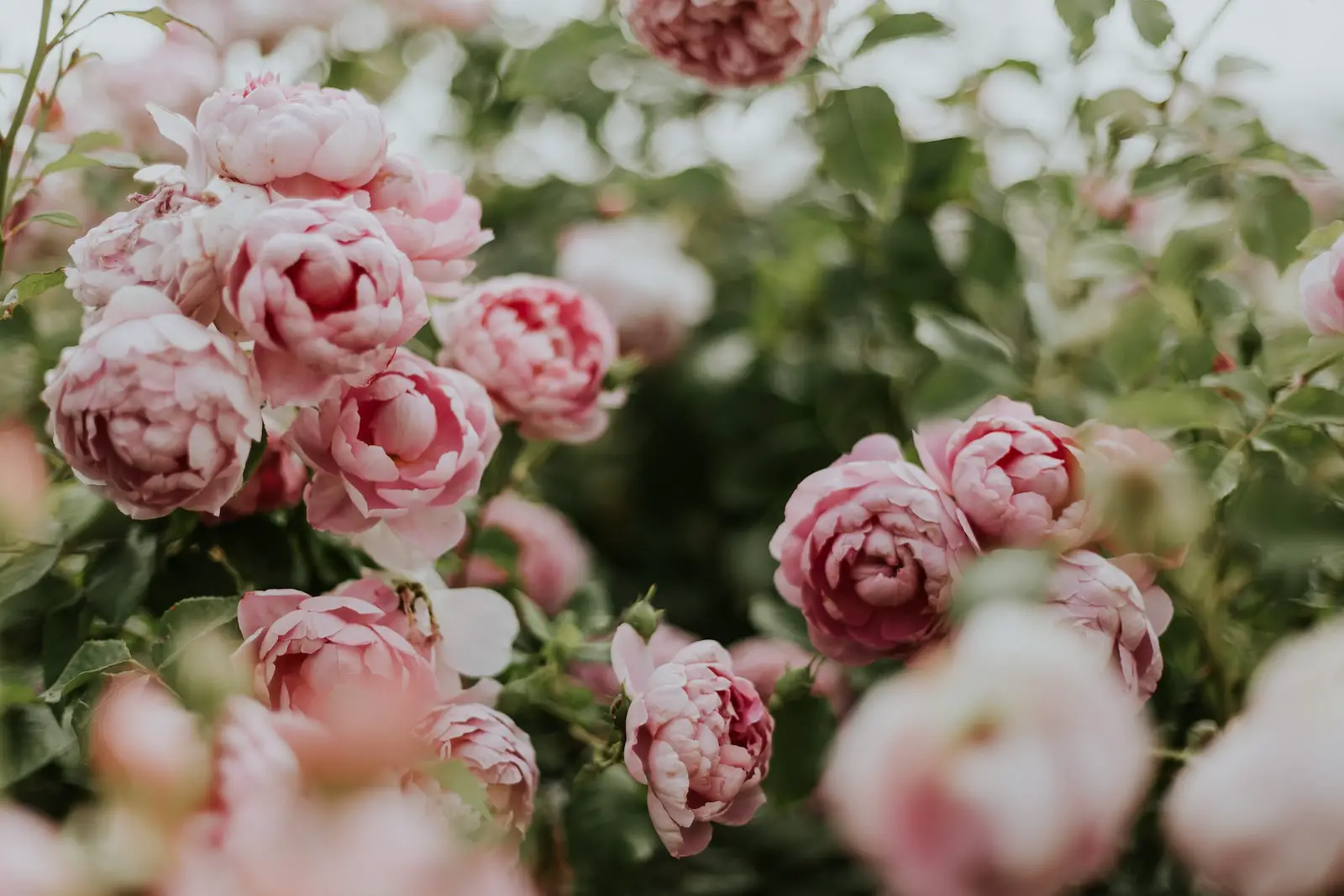Peonies are celebrated for their large, lush blooms and rich fragrance, embodying romance and elegance in the garden. As one of the most beloved perennials, they’ve been cultivated for over a thousand years, primarily in Asia before making their way to Europe and North America. Their flowers are often associated with wealth, honor, and even the state flower of Indiana.
Though known for their beauty, Peonies are also appreciated for their resilience. They can live for up to 100 years when properly cared for, becoming a long-lasting legacy in a garden. Their blossoms come in a myriad of colors, including white, pink, red, and yellow, with various forms like single, double, and semi-double.
Peonies are frequently found in formal gardens, cottage gardens, and borders, offering a wide range of applications in landscaping. Additionally, they are popular cut flowers, gracing vases with their opulence and lovely fragrance. Peonies are not just aesthetic but also possess medicinal properties, having been used in traditional Chinese medicine for centuries.
| Aspect | Details |
|---|---|
| Common Names | Peony, Paeony |
| Botanical Name | Paeonia |
| Family | Paeoniaceae |
| Plant Type | Perennial |
| Mature Size | 2-4 feet tall, 2-4 feet wide |
| Sun Exposure | Full Sun to Partial Shade |
| Soil Type | Well-drained, Rich, Loamy Soil |
| Hardiness Zones | 3-8 |
| Native Area | Asia, Southern Europe, Western North America |
Peonies Care
Peonies thrive with proper care, but they do not demand excessive attention. Planting them in a well-chosen location with suitable soil, sunlight, and spacing sets the stage for a healthy growth. Peonies are drought-resistant once established but benefit from regular watering during their first few years.
Though not particularly fussy about soil, they do appreciate fertile, well-drained soil enriched with organic matter. A balanced fertilizer applied annually will suffice. Importantly, Peonies dislike being transplanted, so selecting the right spot from the beginning is key to a flourishing plant.
Light Requirement for Peonies
Peonies flourish in full sun but can tolerate partial shade. At least six hours of sunlight is vital for optimal flowering. Shade might reduce flowering and make the plant more susceptible to diseases.
Soil Requirements for Peonies
Well-drained, rich, loamy soil with a pH of neutral to slightly alkaline is ideal for Peonies. Heavy clay or sandy soils can be improved with organic matter. Proper drainage is essential to prevent root rot.
Water Requirements for Peonies
Peonies need regular watering, especially during the first few years. They prefer deep, infrequent watering to shallow, frequent sprinkling. Once established, they become quite drought tolerant.
Temperature and Humidity
Peonies are cold-hardy and need a winter chill to flower. They can tolerate low winter temperatures and thrive across various climates. Humidity is generally not a concern, but good air circulation helps prevent diseases.
Fertilizer
A balanced, slow-release fertilizer applied in early spring can support growth. Avoid high-nitrogen fertilizers, as they may promote leaf growth at the expense of flowers.
Pruning Peonies
Pruning Peonies mainly involves removing spent flowers and cutting back the foliage to ground level in the fall. This helps prevent disease and encourages healthy growth in the next season.
Propagating Peonies
Propagation is best achieved through division in the fall. This involves carefully digging up the plant, dividing the tuberous root, and replanting. Patience is essential, as new plants may take a few years to flower.
How To Grow Peonies From Seed
Growing Peonies from seed is a lengthy process but rewarding for enthusiasts. Fresh seeds can be sown in the fall, but patience is required, as germination may take up to two years, and flowering even longer.
Common Pests & Plant Diseases
Ants
Ants are attracted to the nectar but are generally harmless.
Botrytis Blight
Proper spacing and pruning can control this fungal disease.
Powdery Mildew
This can be managed by improving air circulation and avoiding overhead watering.
Common Problems With Peonies
Failure to Bloom
Caused by planting too deep, lack of sunlight, or excessive nitrogen.
Weak Stems
Often a result of over-fertilization or inadequate sunlight.
Yellowing Leaves
This could indicate poor drainage or fungal diseases.
Pro Tips
- Avoid planting Peonies too deeply, as this may hinder flowering.
- Provide support for varieties with large, heavy blooms to prevent drooping.
- Resist the urge to transplant Peonies unless absolutely necessary, as they prefer to remain undisturbed.




